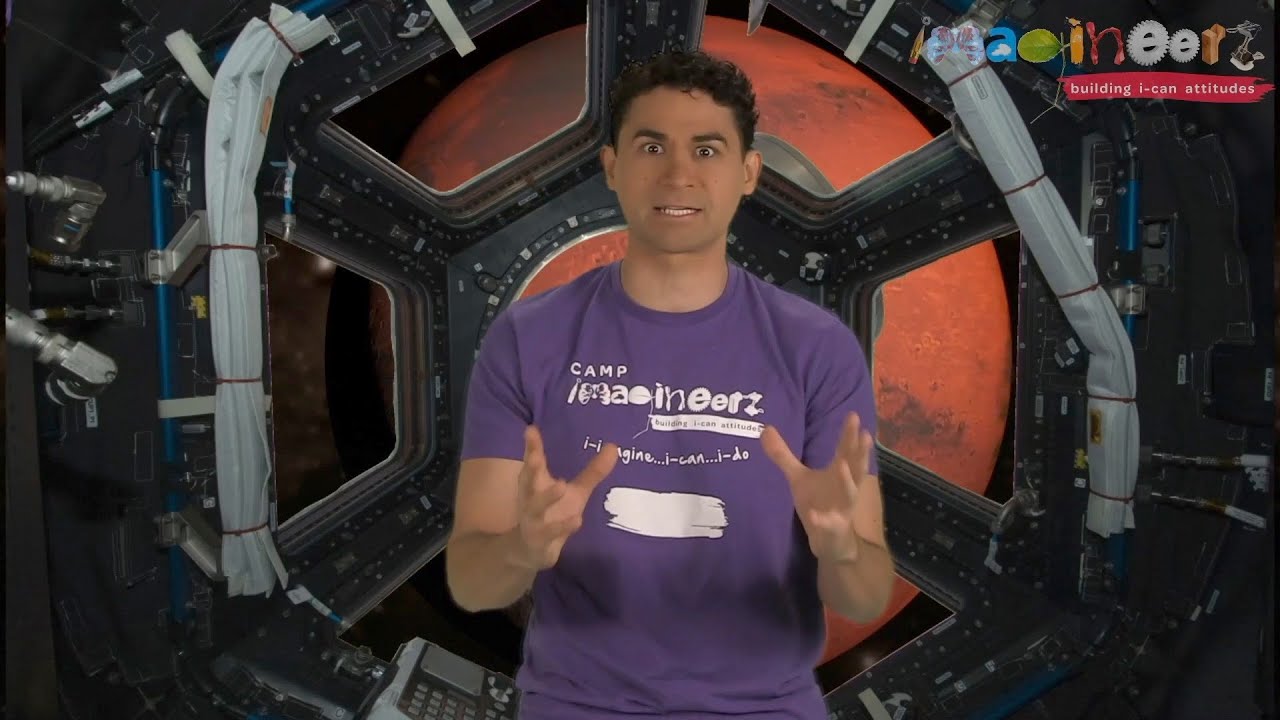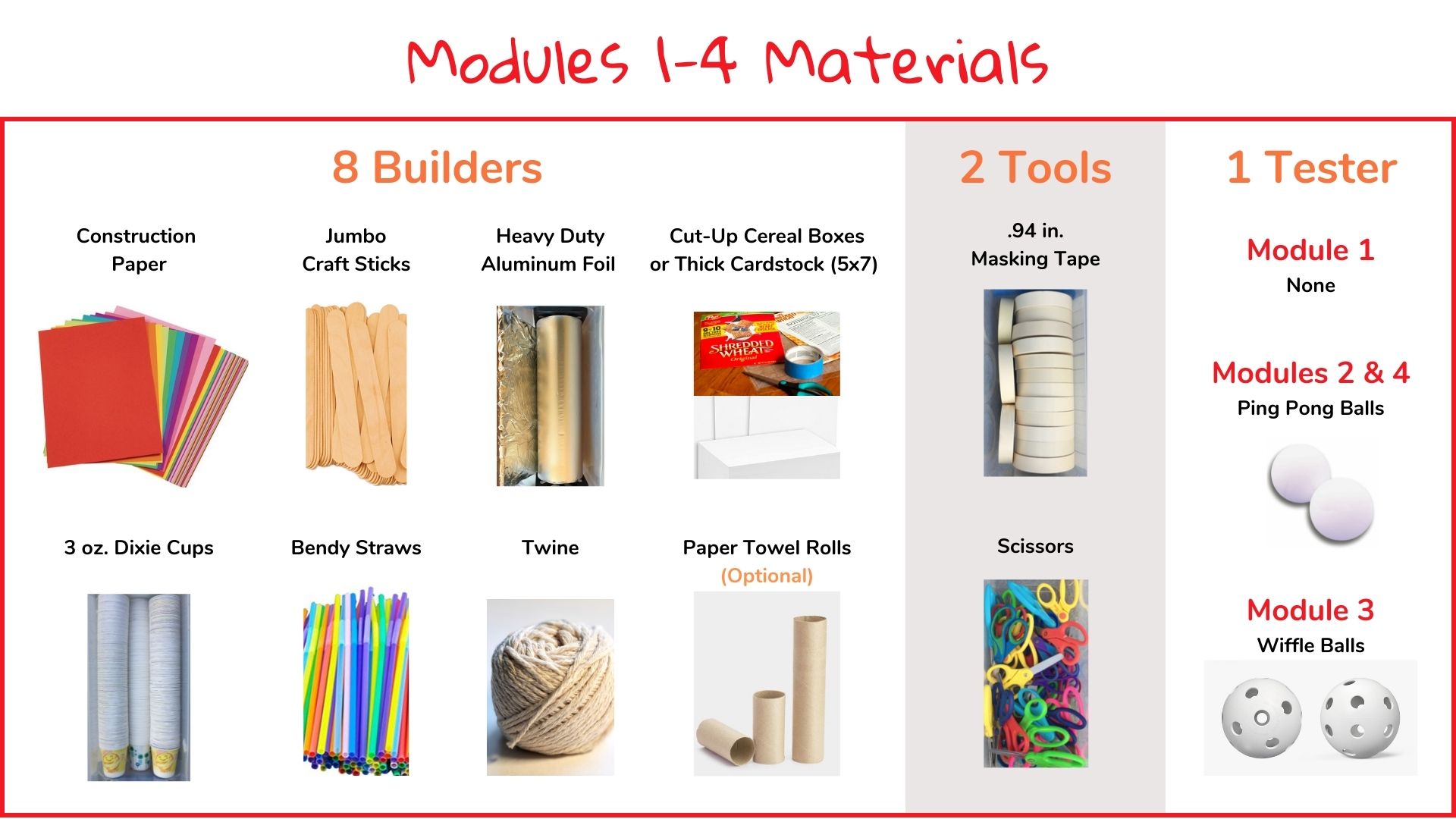STEM Challenge: What a Drag!

Challenge
Design a parachute to safely slow down a landing capsule, ensuring a gentle and upright touchdown on Mars.
Constraints and Success Criteria
- The landing system must effectively decelerate a Dixie cup, symbolizing the landing capsule, from a considerable height.
- The capsule must land vertically without tipping over or landing too harshly.
Materials

This challenge requires 3 oz. Dixie cups, twine, and both tools. You may use as many other builders as you have access to. You do not need any testers for this challenge.
Set Up
- Prepare Materials: Ensure you have all the necessary materials ready beforehand and organize them so that they are easily accessible to students. Students should use no more than five of any one material per creation! For example, a student can use five straws and five pieces of paper, but not ten straws. If you provide aluminum foil, no more than one arm’s length piece for each student!
- Set Up Testing Area: Create a designated area where students can test their parachutes. Clear a space with enough height for students to drop their creations safely. Consider using a table or a raised platform as a starting point for consistent testing.
- Provide Guidelines and Constraints: Reiterate the challenge and the constraints to students, such as the requirement for a gentle and vertical landing, as needed. Emphasize the importance of following safety guidelines and considering the constraints, while designing their parachutes. Building time is 45 minutes!
- Model the Design Process: Before students begin, demonstrate the design process by going through the steps yourself. Discuss how to brainstorm ideas, create prototypes, test them, and make iterations based on the results, as needed.
- Encourage Collaboration: Foster a collaborative environment where students can work together in pairs. Encourage them to share ideas, help each other troubleshoot challenges, and provide constructive feedback throughout the process. But no groups of three!
- Support Adaptation: Encourage students to embrace the mindset of adaptation and problem-solving. Help them see that setbacks and failures are opportunities to learn and make improvements. Guide them in identifying areas for adaptation and brainstorming alternative solutions.
- Facilitate Reflection: Set aside time for students to reflect on their design process and decision-making. Ask questions that prompt them to think critically about their choices, challenges they faced, and what they learned from the experience. This reflection can be done individually, in pairs, or as a whole-class discussion.
- Celebrate and Showcase: Once students have completed the challenge, celebrate their efforts and showcase their parachute designs. Provide opportunities for students to share their experiences, explain their design choices, and reflect on the overall learning journey.
CASEL Discussion Questions
Five questions aligned to Responsible Decision Making — our focus CASEL competency for Module 3 — for teachers to foster an engaging discussion and social-emotional learning
- How did you consider the potential risks and consequences when designing and testing your parachute for the astronauts’ landing on Mars?
- What factors did you take into account when making decisions about the materials and design of your parachute? How did you prioritize safety and effectiveness?
- How did you demonstrate integrity and accountability in your decision-making process? How did you ensure that your actions aligned with your goals and values?
- Did you encounter any conflicts or disagreements within your team during the design challenge? How did you handle those situations in a responsible and respectful manner?
- Reflecting on the design challenge, what did you learn about the importance of responsible decision-making in solving complex problems? How can you apply these lessons to real-life situations where responsible decision-making is crucial?



